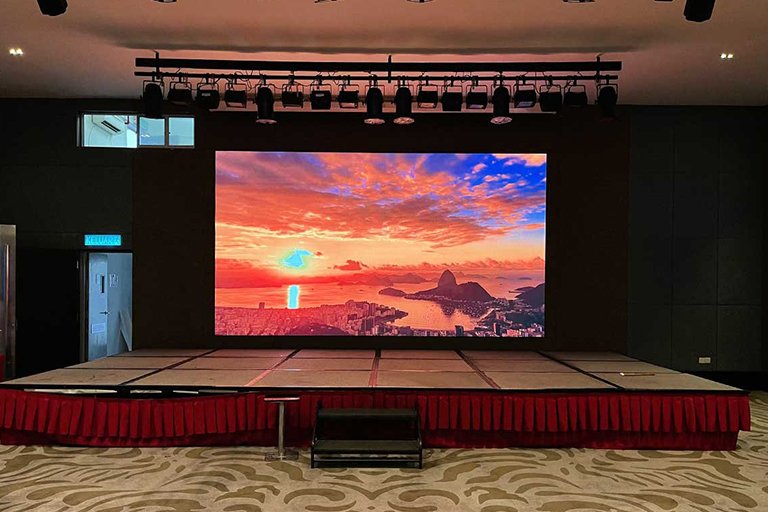Building an Impactful Visual Experience with LED Walls

LED walls are redefining how locations and retail spots interact with audiences. From immersive visual backdrops at functions to high-impact electronic signage in stores, an adequately fitted LED Display Company can considerably enhance the setting and communication. However, effective installment requires careful planning, the proper technology, and an ideal approach.

1. Evaluate the Purpose and Location
Before selecting an LED wall, obviously define its purpose. In retail, is it designed to display offers or create a visual knowledge? In function locations, does it serve as a level foundation, digital signage, or fun display? Understanding the intended use may help establish measurement, solution, and placement.
Next, consider the physical space. Measure the available wall area, ceiling height, normal illumination, and observing angles. This guarantees the LED wall combines seamlessly into its surroundings and functions effectively below real-world conditions.
2. Pick the Correct Pixel Pitch and Perfection
Pixel frequency, which identifies the range between specific LED pixels, immediately affects picture clarity. For locations or stores where visitors are close to the screen, a better pixel frequency (e.g., 1.5mm to 2.5mm) provides sharp, step-by-step visuals. For greater areas wherever audiences are further away, a greater pitch is more cost-effective.
Illumination also matters—especially in parts with strong normal light. Guarantee the screen you choose has adequate illumination levels to maintain visibility for the duration of the day.
3. Design and Mounting Concerns
The bodily structure behind the LED wall must certanly be secure and level. This may require custom mounting or strengthened walls according to the weight and size of the display. Wall-mounted installations need accurate place, while free-standing or holding techniques must stick to security standards and making codes.
Appropriate ventilation can also be crucial. LED surfaces make heat, and sufficient ventilation helps prevent overheating and prolongs lifespan.
4. Energy, Connection, and Integration
Plan for sufficient electric volume, ultimately with a passionate circuit. Signal cables (HDMI, SDI , or proprietary) must be sent safely and solidly, minimizing the threat of interference or signal loss. Integration with control systems or material management systems allows for smooth content changes and scheduling.
5. Professional Installment and Screening
Despite the best equipment, bad installation can compromise performance. Partnering with skilled technicians guarantees the LED wall is fitted appropriately, adjusted for maximum efficiency, and tried extensively before use.

Conclusion
An LED wall can be a effective visual instrument when fitted thoughtfully. Whether increasing client knowledge in a retail space or elevating event creation, a well-executed installation produces both practical and visual value.
